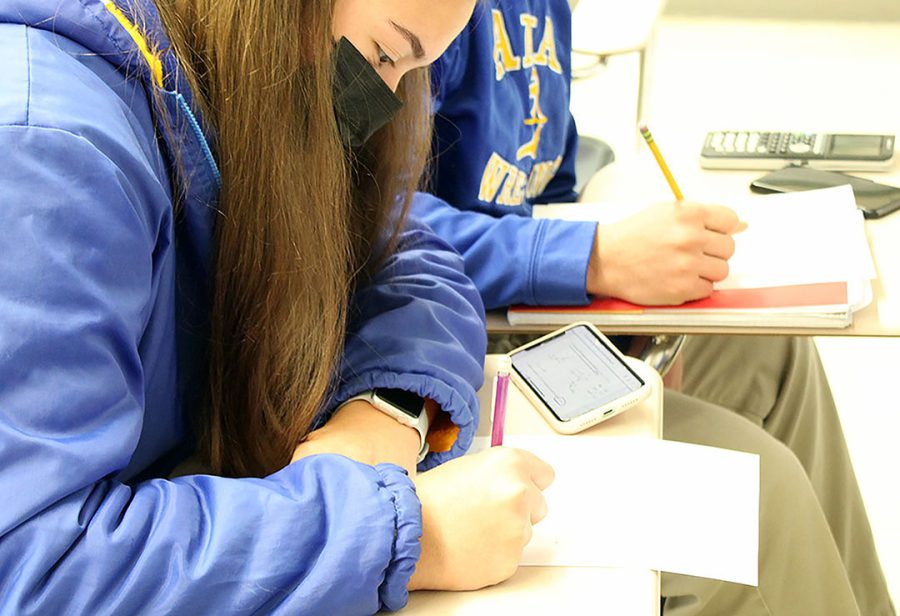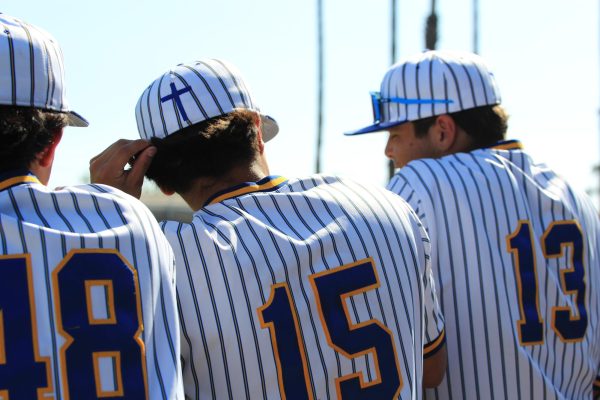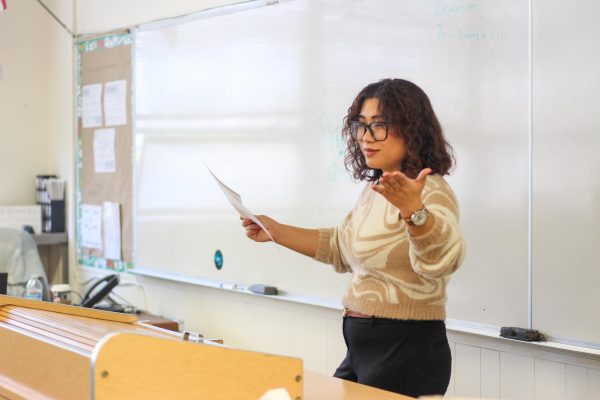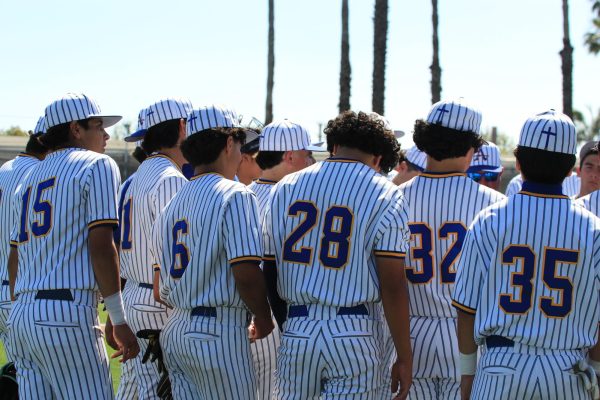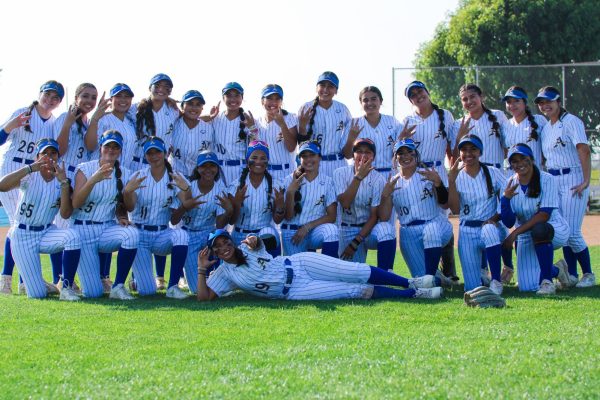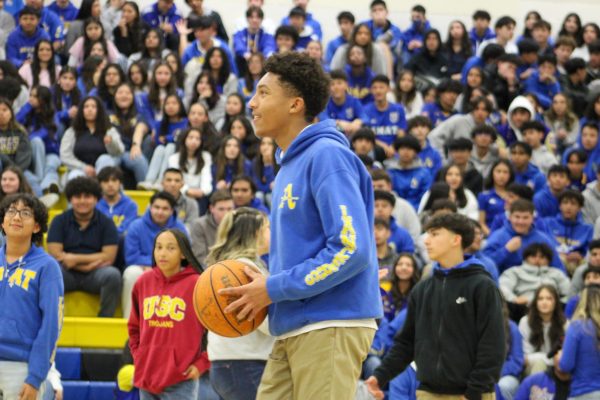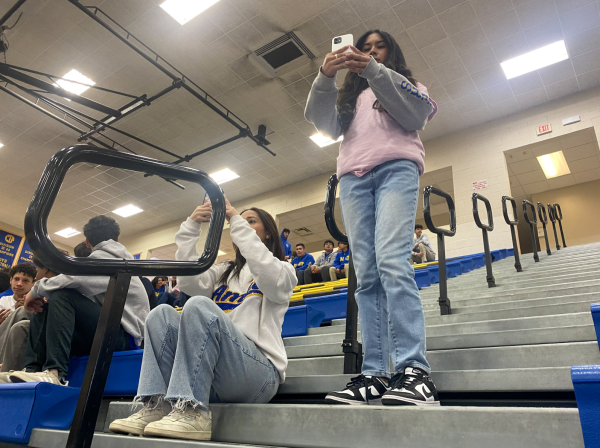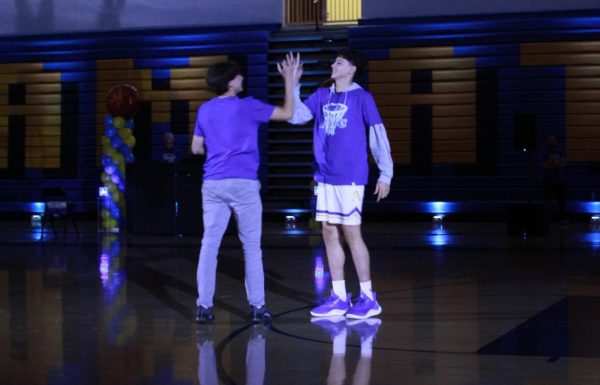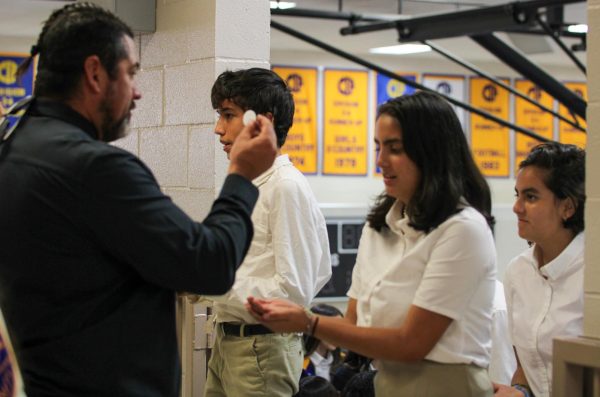Does Social Media Solve or Create more Problems for Students?
Facebook knows that its app Instagram has negatively affected the mindset of its teenage users.
In multiple internal studies, the company found that a substantial percentage of the app’s teen users have been harmed mentally because of the app.
The studies found that “Thirty-two percent of teen girls said that when they felt bad about their bodies, Instagram made them feel worse.”
Issues such as low self-esteem, eating disorders, and depression have been some of the many negative results of the app’s usage.
As teenagers navigate life in and out of the classroom do social media apps such as Instagram cause more harm as teens use the platform for self-expression?
More people are able to view the personal lives of teenagers through social media which allows anybody to access personal accounts and make assumptions from the content posted.
Social media makes the first impression of a person become limited to what is posted. With social media, students can have an online persona that is a result of the content chosen to be posted.
Senior Diane Paoner spoke about her personal thoughts on social media and how she perceives herself on social media apps.
“It honestly kind of boosts my self-image because online I get to display myself in a way I want to be perceived,” she said.
The specific way a social media profile is curated also comes with expectations.
These expectations can be made from what is posted, the engagement received from the post, or a specific personality being created which can be critical to a person’s self-esteem.
Senior Makayla Villanueva spoke about how her self-esteem is affected by social media and agrees with the idea that social media has negative effects.
“Throughout the years, my self-esteem has gone up and down,” she said. “There is also the pressure to post constantly in order to stay relevant.”
She spoke about how the pressure to keep up with social media has affected her life as a student and specifies the negative effects.
“I find it difficult to find a balance with social media and school life because of the pressure to post at a time when the algorithm is the best,” she said.
The impact of social media on a student is not just limited to personal struggles but has changed the high school experience as social media is now an influence for high school students.
Through social media’s instant sharing features it has created a larger group of people to share information with. This aspect of social media has created obstacles for some teachers.
Bishop Amat English teacher Mrs. Rogers has noticed this change in recent times as well and acknowledges the negative effects of social media that go beyond the students personal lives. Mrs. Rogers spoke about how apps such as Snapchat have affected student groups in her classroom.
“The biggest aspect that I’ve noticed is with Snapchat and the group chats that students make and which they make them from what I hear per class,” she said.
She spoke about how the instant sharing of information has affected the credibility of students in the classroom.
“It changes how we deal with plagiarism, that changes how students get their information,” Mrs. Rogers said. “Oftentimes, they’re relying on each other and these messages and if you get unreliable information it could actually ruin the whole class.”
Problems that are a result of social media continue to have a real impact on teens even though the users only see a portion of the reality beyond the internet.
The complex reality and repercussions of social media have become apparent as teenagers view an augmented version of reality.
“At the end of the day, those stories are so short and they are so in a single moment that doesn’t really tell the whole story,” Mrs. Rogers said.

